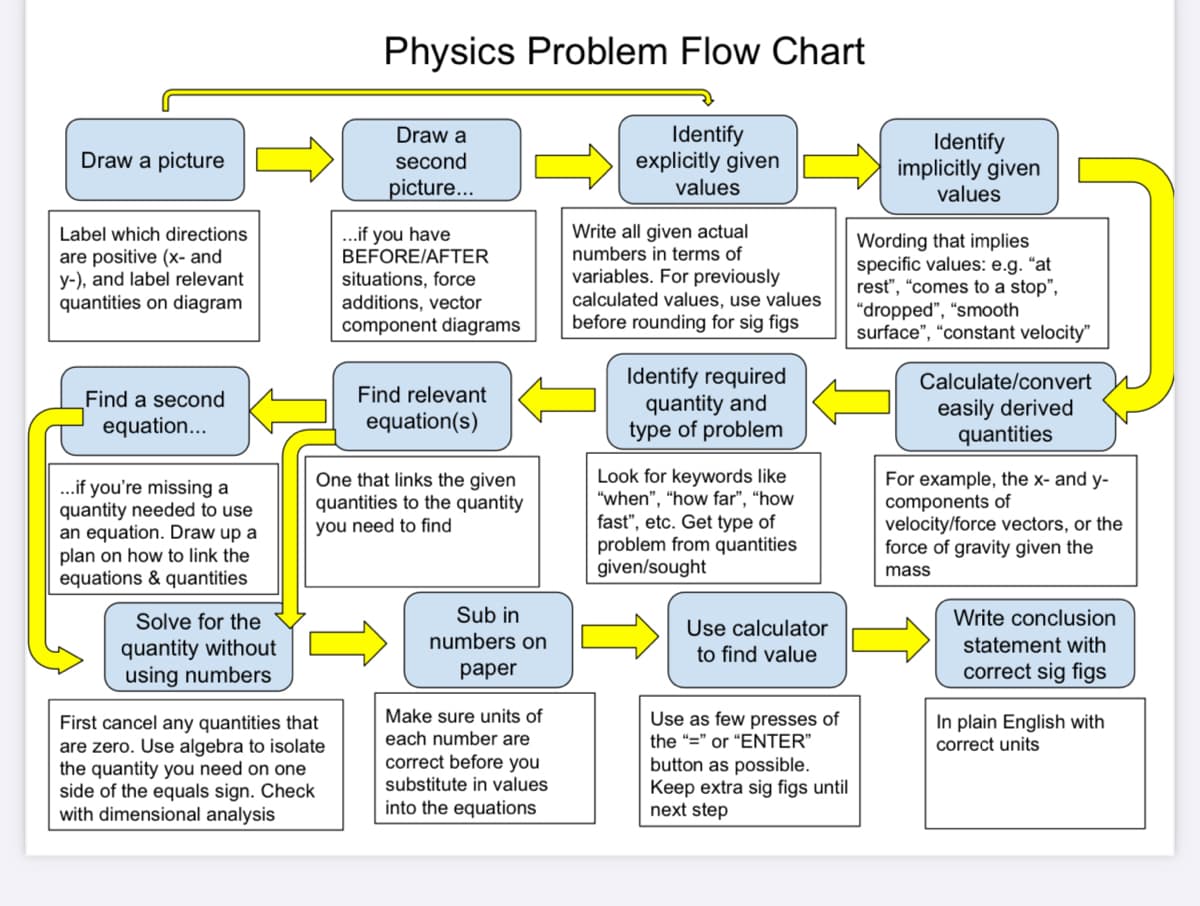A cyclist moves at 11.0 m/s for 1.00 min and at 16.0 m/s for 2.00 min. Find the average velocity if the second part of the motion is (a) in the same direction as the first (hint, the answer is not 13.5 m/s), and (b) in the opposite direction.
A cyclist moves at 11.0 m/s for 1.00 min and at 16.0 m/s for 2.00 min. Find the average velocity if the second part of the motion is (a) in the same direction as the first (hint, the answer is not 13.5 m/s), and (b) in the opposite direction.
Stars and Galaxies
9th Edition
ISBN:9781305120785
Author:Michael A. Seeds, Dana Backman
Publisher:Michael A. Seeds, Dana Backman
Chapter9: The Famliy Of Stars
Section: Chapter Questions
Problem 2DQ
Related questions
Question
7) A cyclist moves at 11.0 m/s for 1.00 min and at 16.0 m/s for 2.00 min. Find the average
velocity if the second part of the motion is (a) in the same direction as the first (hint, the answer
is not 13.5 m/s), and (b) in the opposite direction.

Transcribed Image Text:Draw a picture
Label which directions
are positive (x- and
y-), and label relevant
quantities on diagram
Find a second
equation...
...if you're missing a
quantity needed to use
an equation. Draw up a
plan on how to link the
equations & quantities
Solve for the
quantity without
using numbers
Physics Problem Flow Chart
Draw a
second
picture...
Identify
explicitly given
values
First cancel any quantities that
are zero. Use algebra to isolate
the quantity you need on one
side of the equals sign. Check
with dimensional analysis
...if you have
BEFORE/AFTER
situations, force
additions, vector
component diagrams
Find relevant
equation(s)
One that links the given
quantities to the quantity
you need to find
Sub in
numbers on
paper
Make sure units of
each number are
correct before you
substitute in values
into the equations
Write all given actual
numbers in terms of
variables. For previously
calculated values, use values
before rounding for sig figs
Identify required
quantity and
type of problem
Look for keywords like
"when", "how far", "how
fast", etc. Get type of
problem from quantities
given/sought
Use calculator
to find value
Use as few presses of
the "=" or "ENTER"
button as possible.
Keep extra sig figs until
next step
Identify
implicitly given
values
Wording that implies
specific values: e.g. "at
rest", "comes to a stop",
"dropped", "smooth
surface", "constant velocity"
Calculate/convert
easily derived
quantities
For example, the x- and y-
components of
velocity/force vectors, or the
force of gravity given the
mass
Write conclusion
statement with
correct sig figs
In plain English with
correct units
Expert Solution
This question has been solved!
Explore an expertly crafted, step-by-step solution for a thorough understanding of key concepts.
Step by step
Solved in 3 steps with 3 images

Knowledge Booster
Learn more about
Need a deep-dive on the concept behind this application? Look no further. Learn more about this topic, physics and related others by exploring similar questions and additional content below.Recommended textbooks for you

Stars and Galaxies
Physics
ISBN:
9781305120785
Author:
Michael A. Seeds, Dana Backman
Publisher:
Cengage Learning

University Physics Volume 1
Physics
ISBN:
9781938168277
Author:
William Moebs, Samuel J. Ling, Jeff Sanny
Publisher:
OpenStax - Rice University

Stars and Galaxies
Physics
ISBN:
9781305120785
Author:
Michael A. Seeds, Dana Backman
Publisher:
Cengage Learning

University Physics Volume 1
Physics
ISBN:
9781938168277
Author:
William Moebs, Samuel J. Ling, Jeff Sanny
Publisher:
OpenStax - Rice University